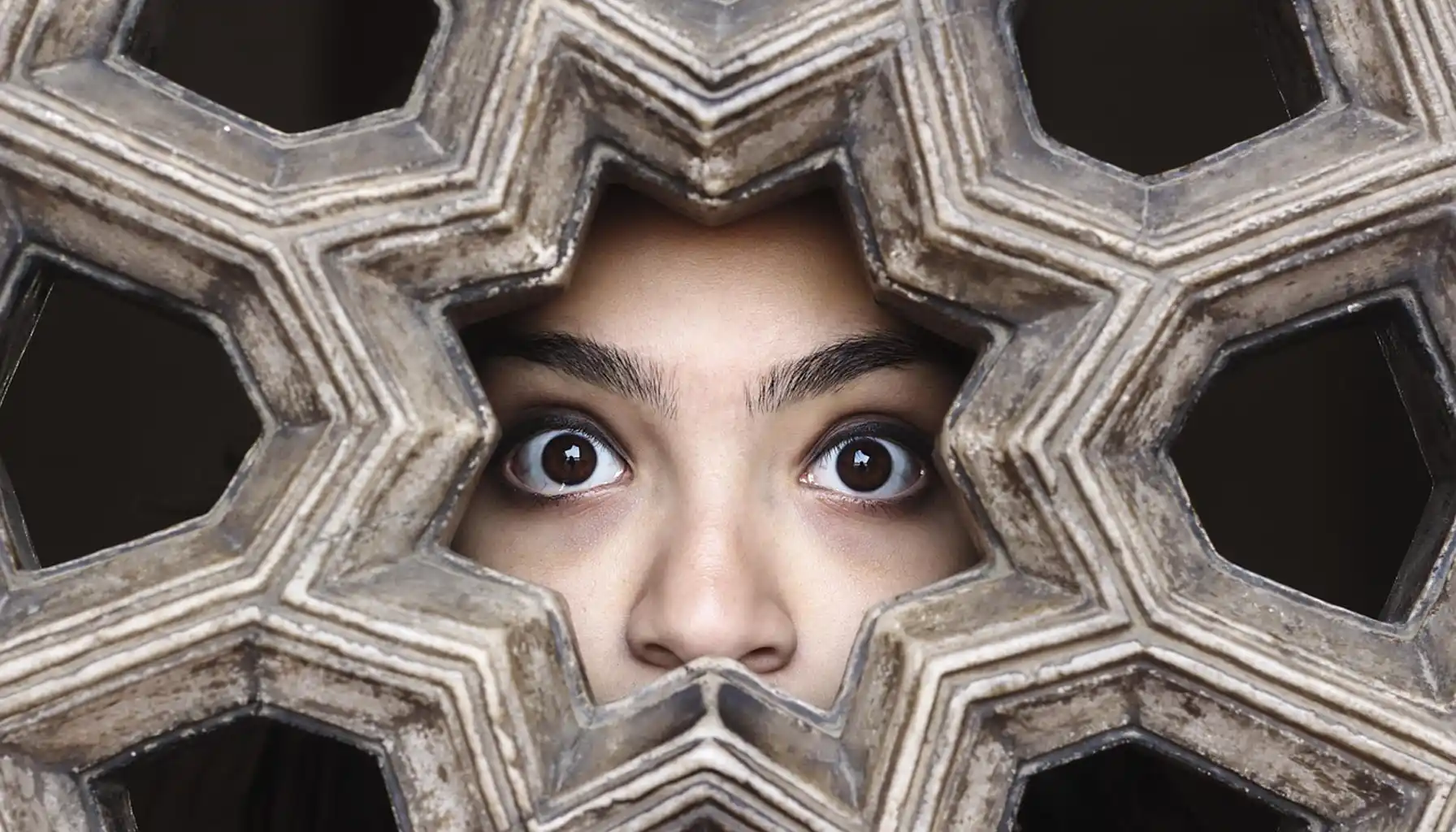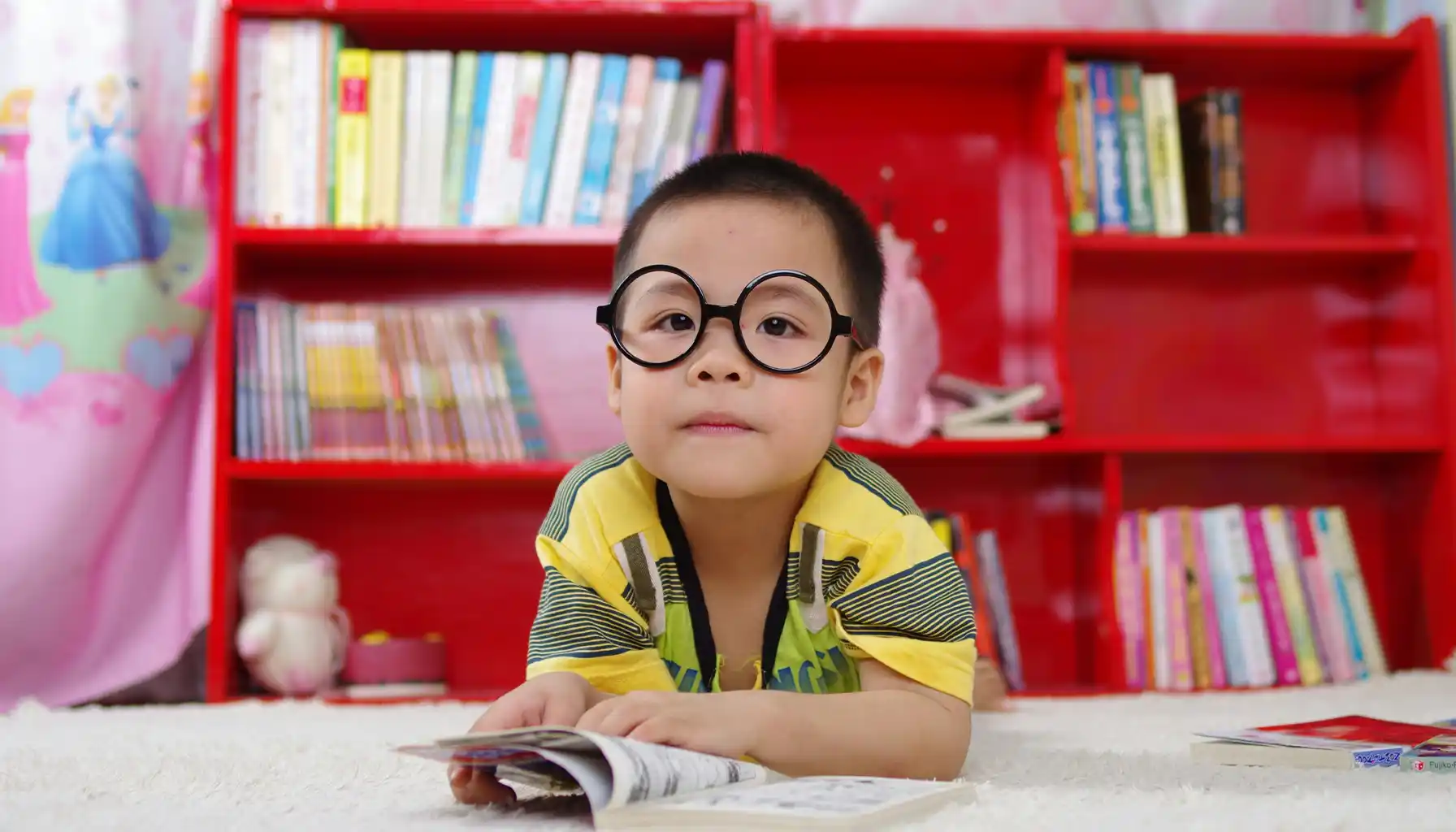Contents:
For some, rain brings comfort and romance: drops on the glass, the occasional passerby under umbrellas, the smell of wet earth. Others feel it as a wave of panic. Even light drizzle causes shivers and nausea, and a downpour feels threatening. This condition is called ombrophobia—the fear of rain.
It refers in psychology to cases of phobia where all the anxiety centers on a single object. For someone with this disorder, rain stops being a natural phenomenon and becomes a signal of danger. Panic can be triggered by anything from a morning drizzle to a thunderstorm.
Sometimes, not only classical methods but also simple practices like brain exercises, which develop attention and reduce inner tension, can help combat anxiety.
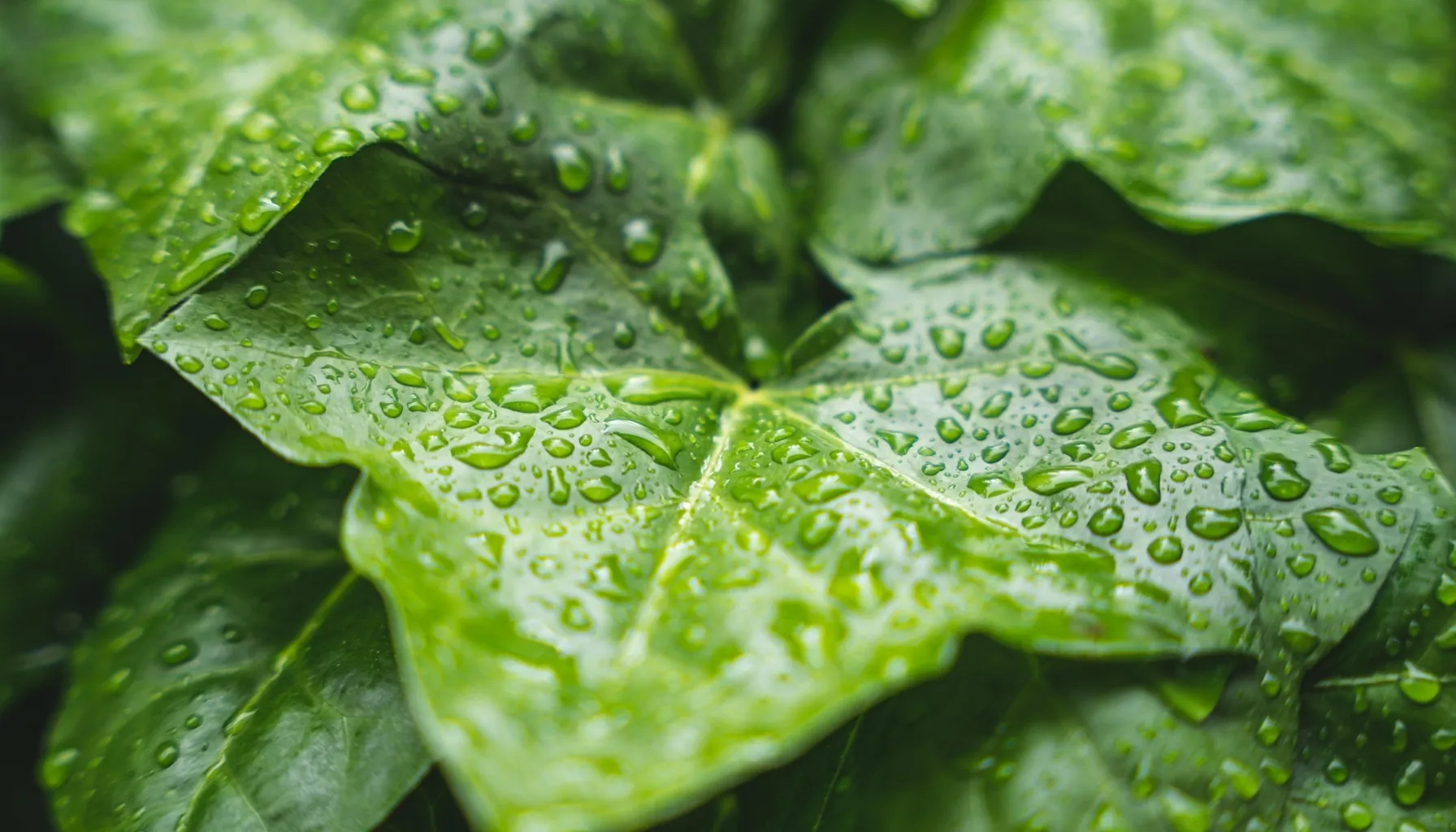
Ombrophobia Meaning and Definition
A quick look at the translation itself makes everything clear: "ombros" in Greek means downpour, and "phobos" means fear. So, the ombrophobia definition literally describes the fear of rain. But behind this simple combination lies a very real condition, when anxiety is triggered not only by heavy rain, but also by the mere anticipation of bad weather.
The manifestations vary from person to person:
some are only afraid of thunderstorms with rumbles of thunder;
for others, a light drizzle is enough to make their heart sink;
and for others, panic sets in even before the rain—at the sight of dark clouds alone.
Frequently, the fear of rain goes hand in hand with other weather-related phobias. For example, for some people, it’s intertwined with astraphobia—when thunder and lightning evoke genuine terror.
What is Ombrophobia: Psychological Background
Fear of rain isn't always obvious. It’s part of nature itself, and without it neither plants, animals, nor humans could survive. But the psyche works differently. For many people, rain is associated with danger, loss of control, or negative experiences from the past.
Childhood and Early Experiences
Children develop a fear of rain more often than adults. A child only needs to be frightened by a loud downpour outside, hear a parent say something like "Don't go out—it'll flood," or find themselves in a flooded apartment to develop this anxiety. These moments stay with a person and often become the roots of later phobias.
Cultural and Symbolic Associations
In culture, rain has always carried a double meaning. It can stand for life and renewal, but just as easily for darkness, misfortune, or loss. In films and books, torrential downpours accompany scenes of quarrels or the death of a hero, and for impressionable people, this creates a subconscious link: "It's raining, so something bad will happen."
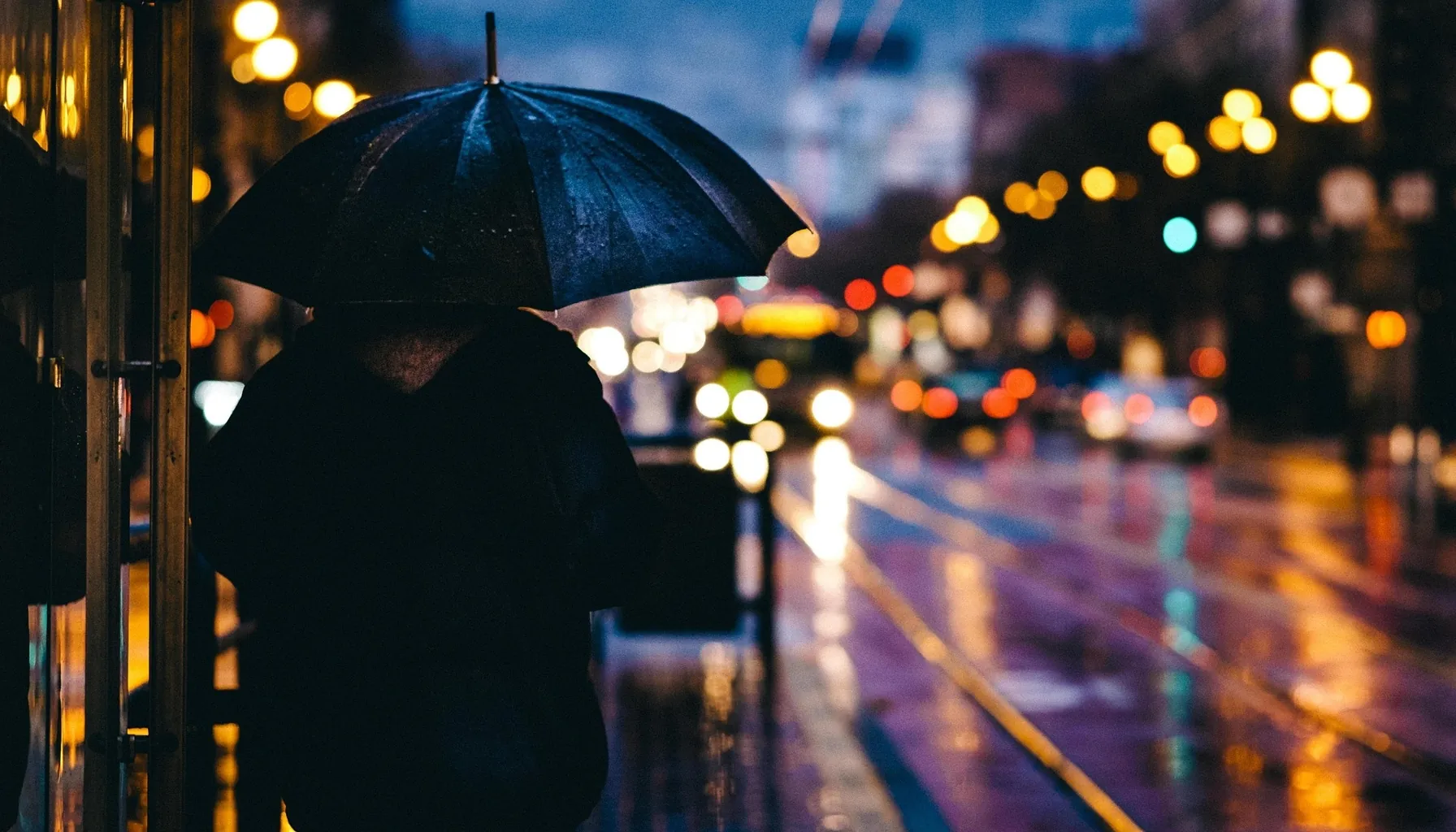
Ombrophobia Symptoms
The manifestations of a phobia can vary, but they typically affect the body, thoughts, and behavior.
Psychological and cognitive signs:
obsessive thoughts about impending rain;
feelings of hopelessness and threat;
panic when bad weather is forecast.
Physiological reactions:
increased heart rate;
tremors and sweating;
shortness of breath or difficulty breathing;
dizziness or nausea.
Behavioral changes:
the person avoids leaving the house on rainy days;
constantly checks the weather forecast;
cancels events if they coincide with bad weather.
Causes of Ombrophobia
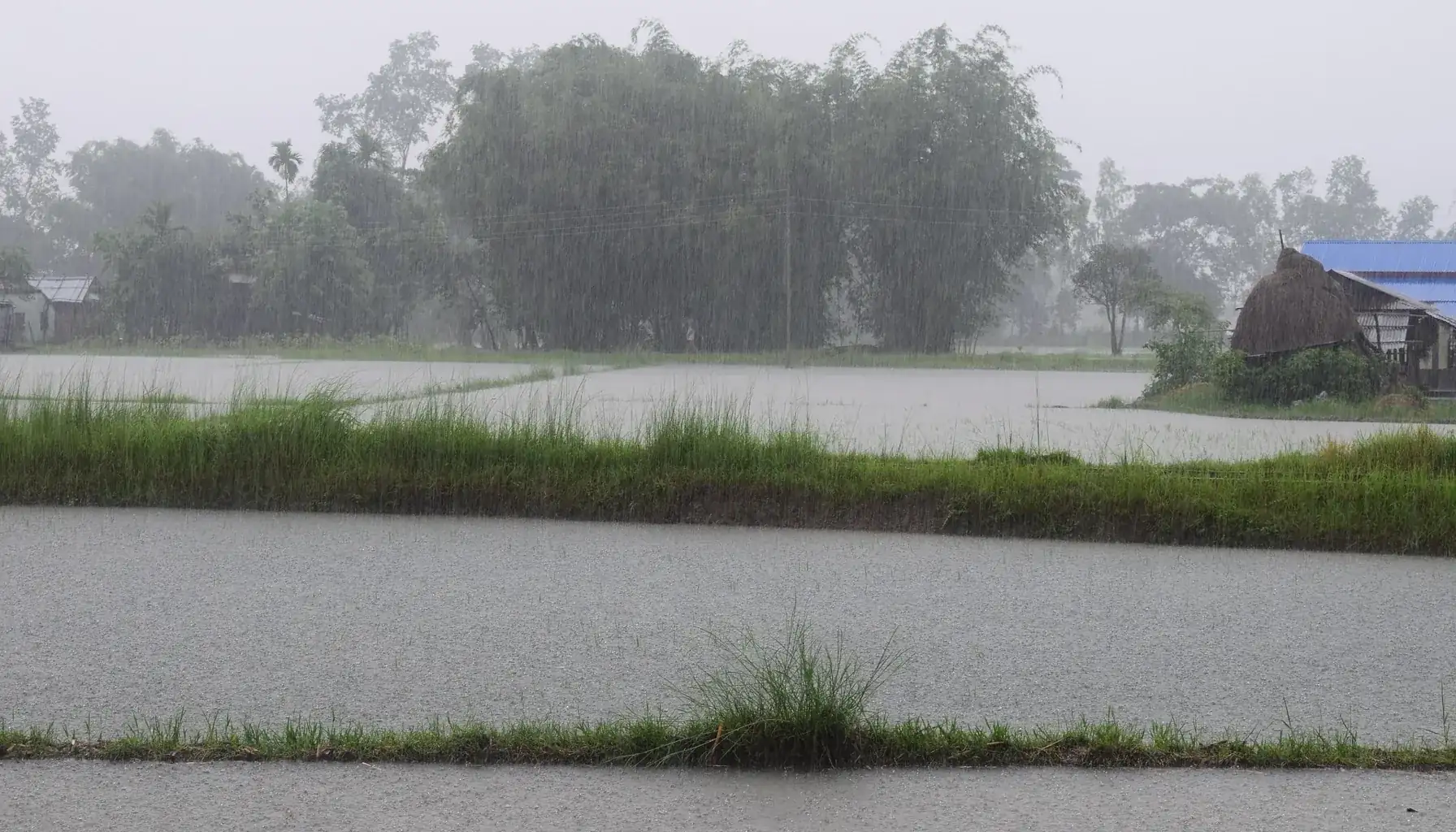
The reasons for fear vary from person to person, but there are a few common stories.
Traumatic experiences. A person might have experienced a flood or been in an accident during a downpour. After such a trauma, rain ceases to be a neutral phenomenon and becomes a source of threat.
Observation of adults. A child quickly picks up on their parents' reactions. If a mother or father anxiously closes the windows at the first drops, the child learns that rain is dangerous.
Information triggers. News about disasters, destroyed homes, or floods creates a lasting image: rain = disaster.
Sensory sensitivity. For some, contact with water itself is unpleasant—wet clothes cling to the body, drops irritate the skin. In the long run, it becomes steady avoidance.
Associations with illness. Colds are indeed more common during the rainy season, and anxious people begin to see precipitation as a health threat.
Thus, for people with heliophobia, rain becomes a kind of "opposite extreme." The comparison of bright light and grey sky only increases the inner anxiety.
Diagnosis and Differentiation
A consultation with a psychotherapist is usually necessary to confirm the diagnosis. The specialist will determine:
how strong the reaction to rain is;
how long the symptoms persist (usually more than six months);
whether they interfere with school, work, or relationships.
Here, it’s worth drawing a clear line. A dislike of wet clothes or traffic jams is simply discomfort, not a disease. Ombrophobia, on the other hand, is always accompanied by panic, avoidance, and obsessive thoughts that are impossible to ignore.
Sometimes the disorder is confused with other meteophobias. For example, some people develop a fear of snow. They appear similar, but each fear has its own trigger and pattern.
Ombrophobia Treatment
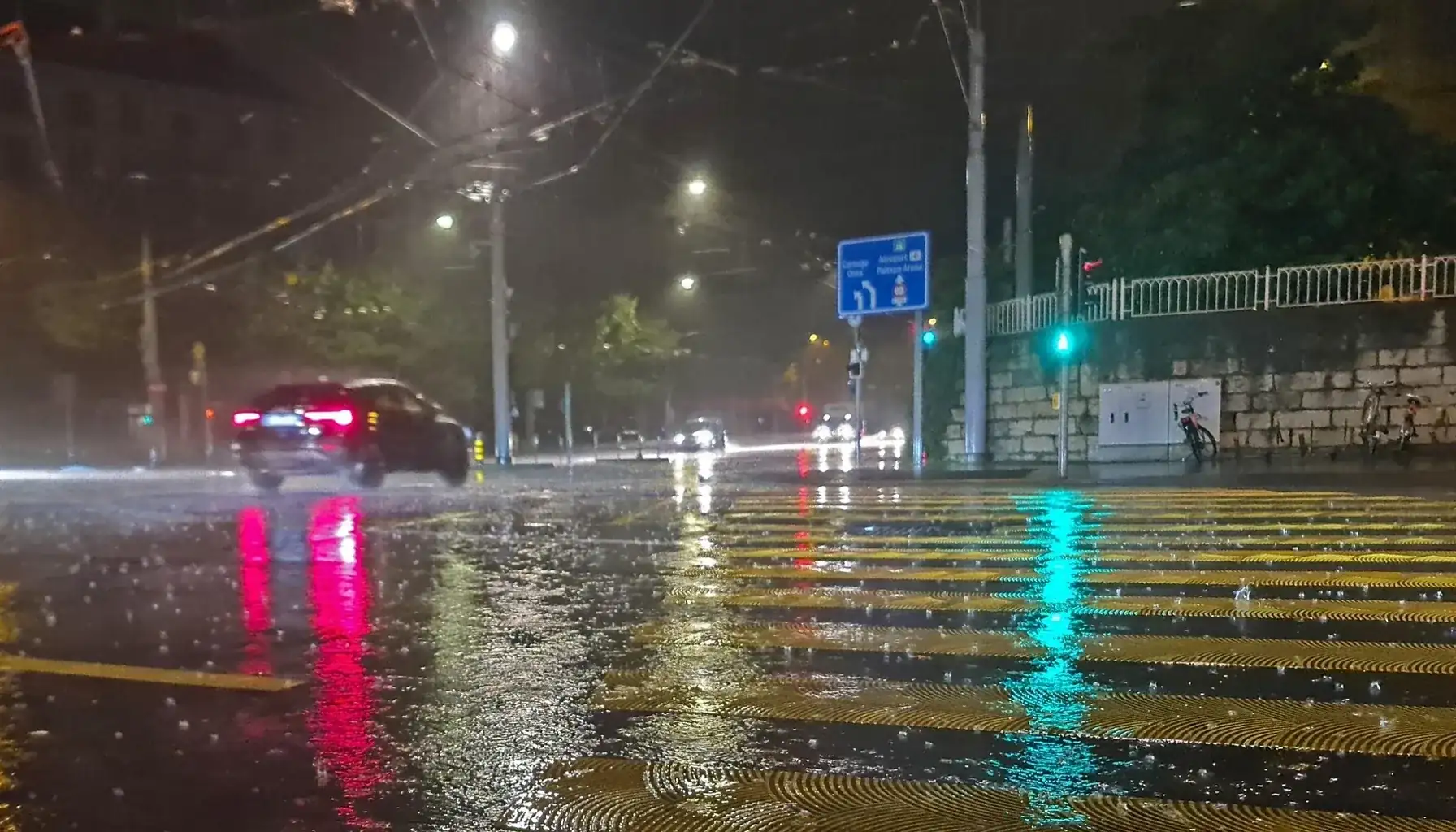
Psychologists note that phobias can be overcome if you work consistently and use different methods.
Cognitive Behavioral Therapy (CBT)
This approach helps you see habitual thoughts from a different perspective. Core beliefs like "rain is dangerous" or "it will bring bad luck" are gradually replaced by calmer and more realistic ones.
Exposure Therapy
Here, everything is gradual. First, a person looks at an image of rain, then a short video. The next step is to step outside into a light drizzle. This reduces anxiety, and control over the situation is restored.
Mindfulness
When panic sets in, it's important to stay present in the moment. Breathing practices and mindfulness work to ease the heart rate and support balance.
Medication Support
Sometimes medication is essential. Antidepressants or anxiolytics are prescribed by a doctor and are always used in addition to psychotherapy.
Support and Self-Help
Keeping an anxiety journal;
Regular physical activity;
Focus apps, such as Mind Elevate, which offers mindfulness and relaxation training.
Risk Factors and Who is at Risk

Not everyone develops ombrophobia, but certain factors can increase the likelihood:
having other anxiety disorders;
high stress levels;
childhood trauma related to rain;
living in a region prone to flooding or storms;
a family history of phobias and anxiety.
Practical Сoping Strategies
Even without treatment, you can use techniques that make life easier.
Long-term: yoga, meditation, breathing exercises, stress management.
Short-term: listening to music through headphones during the rain, talking with loved ones, distracting activities like counting things.
Informational: learning about the nature of rain, its benefits for the environment and health. It makes the negative ties feel less heavy.
The table below shows examples of such strategies:
Approach | Benefit | Example of Application |
Long-term | Reduces overall anxiety levels | Daily 10-minute meditation |
Short-term | Helps in the moment | Play calming music when seeing rain |
Educational | Changes perception of rain | Read about the benefits of rain for nature |


